USA-While global automakers accelerate electric vehicle production at breakneck speed, the America electric vehicle market faces an alarming reality—it’s dramatically falling behind international competitors. Despite US EV sales reaching record numbers with over 1.2 million electric vehicles sold last year (five times more than four years ago), market share remains stuck between 7-9%, far below China’s projected 60% and Norway’s staggering 97% adoption rates. As federal tax incentives expire and policy uncertainty deepens, industry executives warn that America’s electric vehicle transformation faces unprecedented headwinds that could cripple the nation’s automotive competitiveness for decades.
The Sobering Reality: US Electric Vehicle Market Performance in 2025
Record Sales Mask Deeper Structural Problems
In Q2 2025, battery electric vehicle market share reached just 7.4% of all new car sales in the United States, down from 8.0% one year prior, revealing stagnation despite impressive volume growth. Nearly 300,000 new electric vehicles were sold in Q1 2025, representing an 11.4% year-over-year increase, yet this growth barely moved the needle on overall market penetration.
Current US EV Market Snapshot:
- Total EV sales 2024: 1.2+ million units
- Market share Q2 2025: 7.4% (down from 8.0%)
- Q3 2025 performance: Record quarterly sales for GM, Ford, Tesla
- Growth rate: 5x increase compared to four years ago
- Average EV price: $57,000+ (16% premium over gas vehicles)
Major automakers achieved impressive individual results—Ford’s EV sales jumped 30.2% in Q3, GM and Hyundai doubled their electric vehicle sales during the same period—but the overall market remains dominated by traditional gasoline-powered vehicles.
5 Critical Reasons America’s EV Market Is Stalling
1. Federal Tax Credit Expiration Creates Market Uncertainty
The elephant in the room is the September 30, 2025 expiration of the $7,500 federal EV tax credit. Battery electric vehicle sales surged ahead of the September 30 tax credit expiration, creating artificial demand that masked underlying market weakness.
Industry leaders acknowledge this subsidy dependency. Ford CEO Jim Farley candidly admitted: “The electric vehicle industry will remain active, but it will shrink to a much smaller size than previously anticipated.”
GM CFO Paul Jacobson echoed concerns: “We’re seeing electric vehicle demand decline sharply. The market will need time to recover.”
Without price parity between EVs and traditional vehicles, American consumers—especially middle-income families—face prohibitive upfront costs that government incentives previously offset.
2. Inconsistent Government Policy Whiplash
The stark policy contrast between administrations has created paralysis in the America electric vehicle market. President Joe Biden set ambitious targets:
- 50% EV market share by 2030
- Stricter emission standards
- Government fleet electrification
- Billions invested in charging infrastructure
- Extended tax credit programs
President Donald Trump’s administration reversed course, calling these initiatives “fake climate policy” and blocking California’s gasoline vehicle ban. Trump’s position: “Let the market decide, not the government.”
This regulatory uncertainty prevents automakers from confidently planning long-term EV investments, supply chain commitments, and manufacturing capacity expansion.
3. Chinese EV Manufacturers Locked Out by Tariffs
Chinese brands were responsible for 62% of global EV sales in 2024, dominating the worldwide electric vehicle market with affordable models. Companies like BYD produce competitively priced EVs that could dramatically accelerate American adoption—but high tariffs effectively ban them from US showrooms.
This protectionist approach shields domestic manufacturers from competition but denies American consumers access to affordable electric vehicles, perpetuating the price gap that inhibits mass adoption.
4. Charging Infrastructure Remains Inadequate
Despite billions in federal investment, charging infrastructure expansion hasn’t kept pace with EV sales growth. Range anxiety and charging availability concerns continue deterring potential buyers, particularly in rural and suburban communities where charging deserts persist.
5. Consumer Price Sensitivity and Economic Headwinds
At $57,000+ average price, EVs remain luxury purchases for most American households. Without subsidies, the 16% premium over gasoline vehicles becomes insurmountable for budget-conscious consumers facing inflation, high interest rates, and economic uncertainty.
Hyundai announced price reductions to compensate for tax credit elimination, while Tesla reportedly prepares price increases—highlighting industry confusion about market positioning without government support.
Global Electric Vehicle Dominance: How Other Nations Are Winning
China’s Electric Vehicle Revolution
The sales share of electric cars in China is expected to reach around 60% in 2025, representing the most successful large-scale EV transition globally. China achieved this through:
- Comprehensive government subsidies and incentives
- Massive domestic manufacturing capacity
- World-leading battery production infrastructure
- Urban policies favoring electric vehicles
- Consumer-friendly pricing below $30,000 for many models
China’s EV ecosystem advantages:
- Vertical integration from mining to manufacturing
- Government coordination across policy levels
- Long-term strategic commitment (no policy whiplash)
- Price competitiveness through scale
Norway’s Near-Complete Electrification
Norway’s EV market share reached a record 97% of new cars in April 2025, making it the world’s most electrified automotive market. In Norway, the electric vehicle share is already above 80% consistently throughout the year.
Norway’s success factors:
- Generous tax exemptions for EVs
- Purchase tax penalties on gas vehicles
- Free parking and toll road access
- Extensive charging network
- Stable, predictable long-term policies
Image Alt Text: Norway electric vehicle adoption rate 97 percent compared to America electric vehicle market 2025
Europe’s Steady Progress
In Europe, one in every five new vehicles is electric, with countries like Germany, France, and the Netherlands steadily increasing adoption. The European Union’s approach includes:
- Strict emissions limits forcing manufacturer compliance
- Purchase incentives at national and local levels
- Charging infrastructure investment
- Phase-out timelines for combustion engines
The UK maintains approximately 30% of new car sales as electric or hybrid vehicles, demonstrating consistent progress without the dramatic policy swings plaguing the American market.
Economic and Strategic Consequences for America
Manufacturing Competitiveness at Risk
S&P Global Mobility analyst Stephanie Brinley warns: “Next year will be tough for EVs. Sales will decline after new tariffs and incentive removal.”
American automakers risk losing technological leadership and manufacturing expertise to Chinese and European competitors who maintain consistent government support and clear market direction.
Job Creation Opportunities Slipping Away
The electric vehicle supply chain—from battery production to charging infrastructure—represents millions of potential American jobs. Policy uncertainty and slow adoption rates allow other nations to capture these economic benefits.
Environmental Goals Compromised
Also Read
7 Key Factors Driving Historic Cryptocurrency Rally in October 2025
Transportation remains the largest source of US greenhouse gas emissions. Slow EV adoption directly undermines climate commitments and air quality improvements, particularly in urban areas with pollution challenges.
Industry Expert Perspectives: Is America Really “Behind”?
The Contrarian View
Analyst Catherine Yusko notes: “These policy changes have dealt a huge blow to the EV industry. Previous subsidies balanced competition, but now America has fallen behind again.”
However, some experts urge caution about declaring America “behind” while technology continues evolving. Stephanie Brinley argues: “We’re still not certain that electric vehicles are the final solution.”
This perspective acknowledges ongoing development in:
- Hydrogen fuel cell technology
- Advanced hybrid systems
- Synthetic fuel alternatives
- Battery chemistry breakthroughs
The Technology Agnostic Approach
Some analysts suggest America’s slower EV adoption might prove advantageous if alternative technologies emerge superior to battery-electric systems. This “wait and see” strategy risks becoming excuse for inaction, however, as global competitors establish insurmountable leads in EV manufacturing, supply chains, and consumer adoption.
What Needs to Change: Pathways Forward
Policy Stability and Long-Term Vision
America’s electric vehicle market requires bipartisan commitment to consistent, predictable policies that allow:
- Multi-year planning for manufacturers
- Consumer confidence in resale values
- Charging infrastructure investment certainty
- Supply chain development without disruption
Addressing Price Barriers
Solutions include:
- Extending or restructuring tax incentives
- Supporting domestic battery production to reduce costs
- Allowing affordable Chinese EV imports with appropriate safeguards
- Encouraging used EV market development
Infrastructure Acceleration
Dramatically expanding charging networks, particularly in underserved areas, remains critical for mainstream adoption beyond early adopters in urban coastal markets.
Conclusion: America’s Electric Vehicle Crossroads
The America electric vehicle market stands at a critical juncture. With over 1.2 million EVs sold annually but market share stuck below 10%, the US trails far behind international leaders implementing comprehensive, stable electrification strategies.
Policy whiplash, subsidy expiration, high prices, and infrastructure gaps create formidable barriers that record quarterly sales cannot overcome. As China approaches 60% EV market share and Norway achieves 97%, America’s automotive industry faces stark choices about its competitive future.
Without renewed commitment—regardless of political administration—to supporting electric vehicle adoption through consistent policy, infrastructure investment, and consumer incentives, the US risks permanent technological and economic disadvantage in the global automotive transformation. The question isn’t whether electric vehicles represent the future, but whether America will lead, follow, or fall further behind in that future.
External Resources:



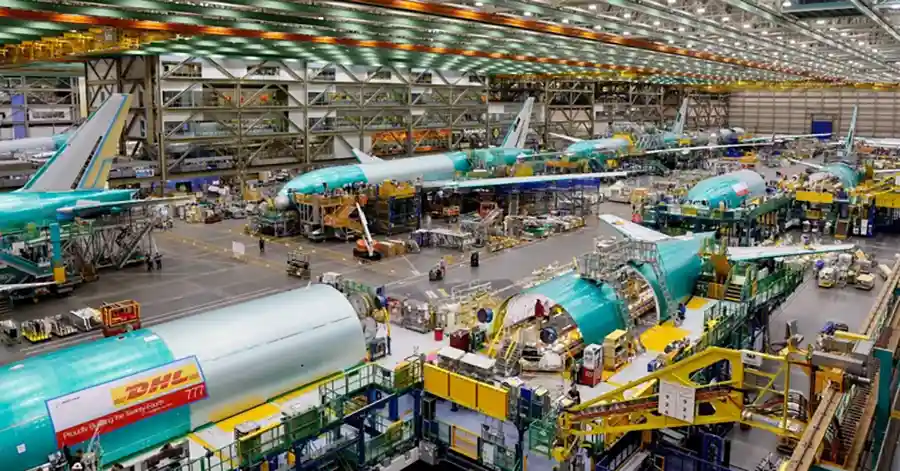





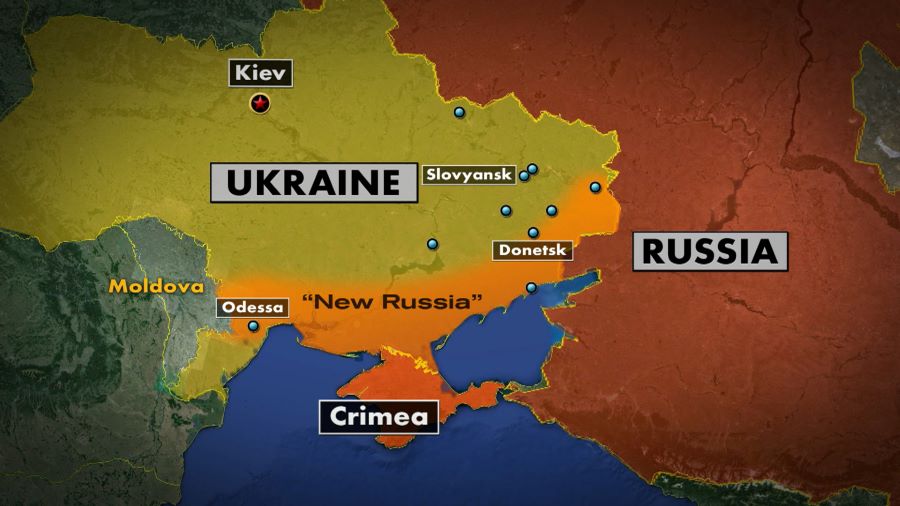




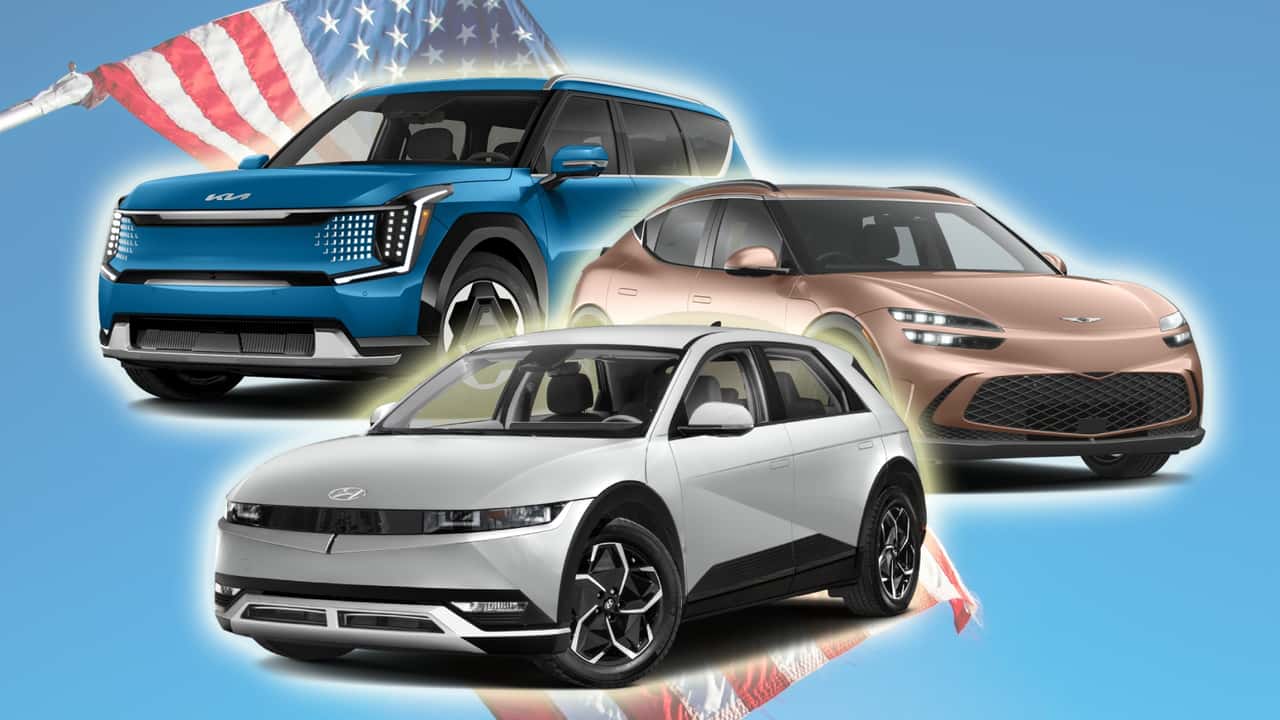
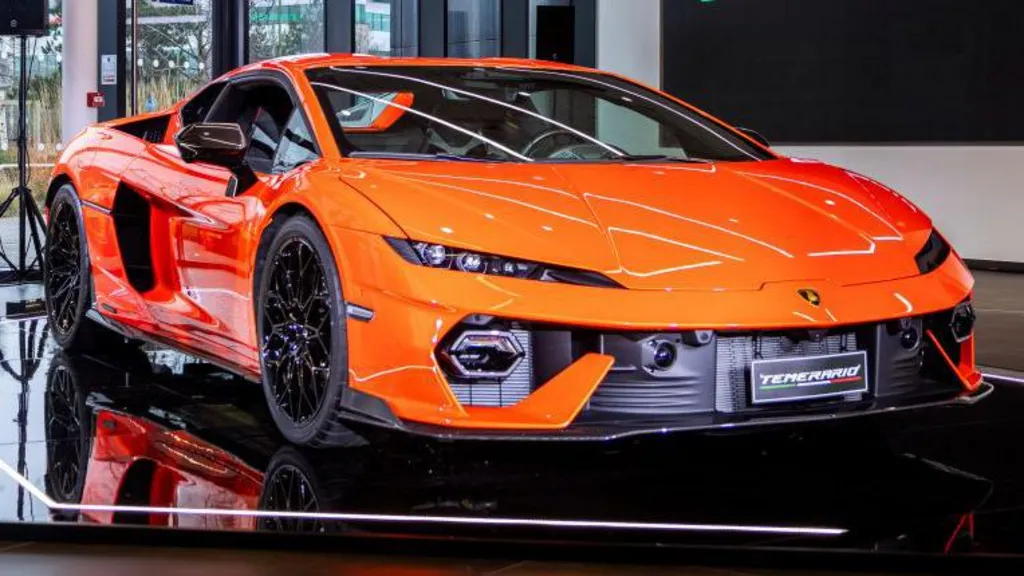
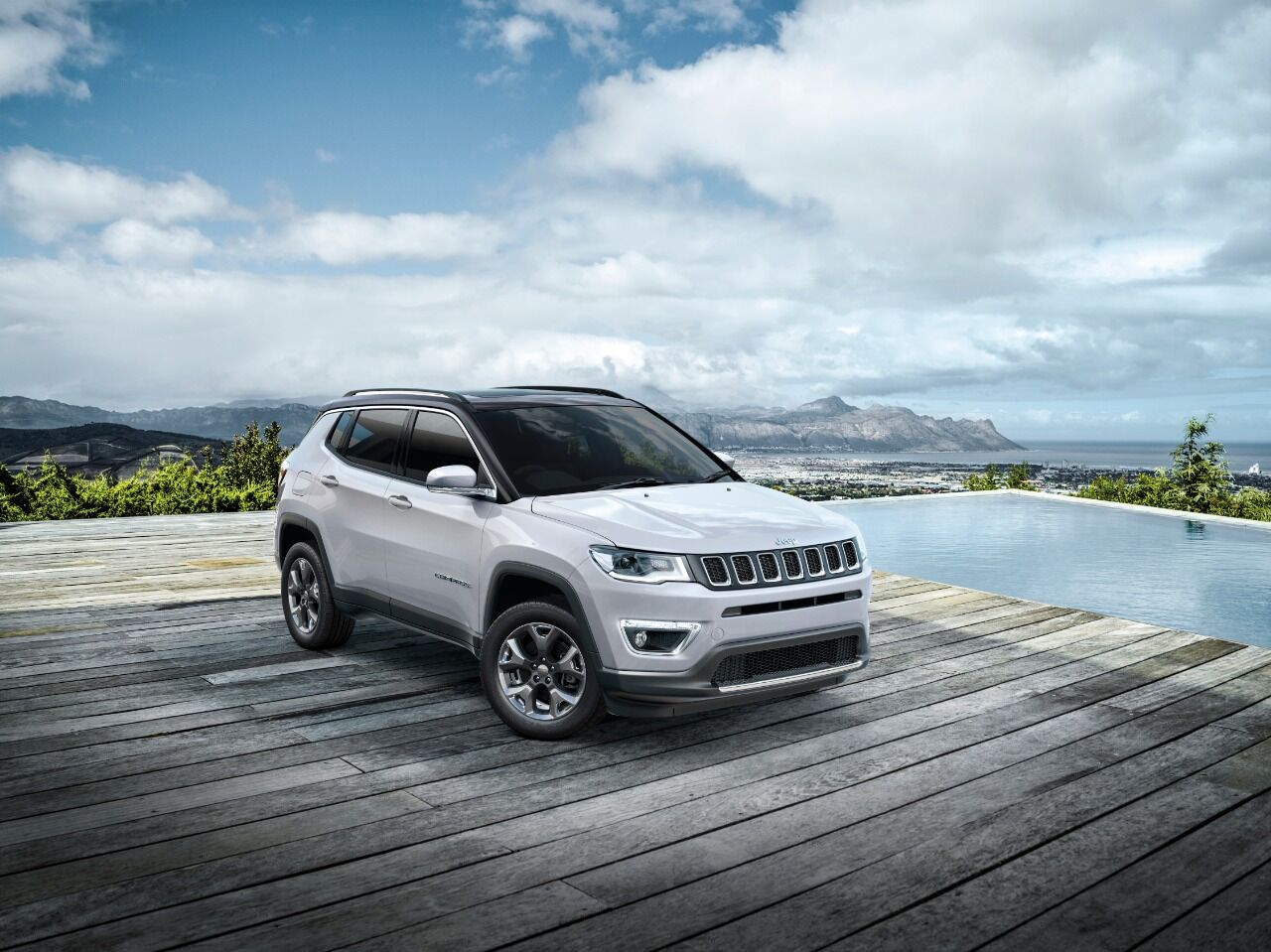
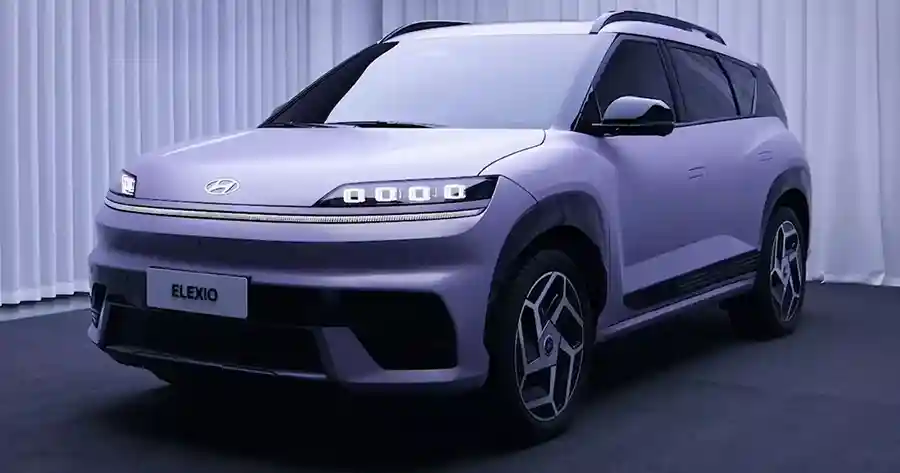
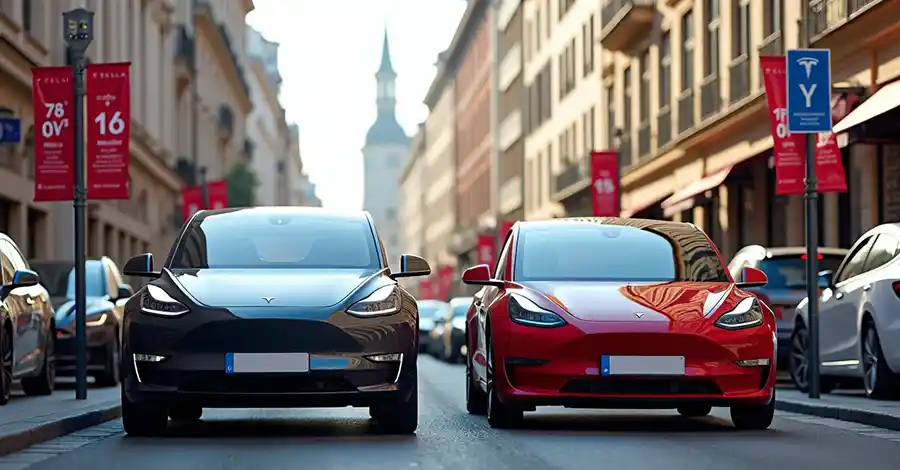
Comments